Collectors’ corner: Siegelson’s rare jewels light up Tefaf New York
As with fine art, rare-jewel collections reflect their curator’s distinct point of view. Siegelson, New York, has encapsulated the verve, discipline and sheer artistry of 20th century jewellery design like no other. It would be easy to say that proprietor Lee Siegelson views jewellery as art but such is his collecting style that he doesn’t have to tell you so. Anyone with an interest in art, design and architecture would gain from a visit to his booth at Tefaf New York this week. Here, we choose five current Siegelson pieces that reveal why:

Carved Bakelite and diamond ‘La Ménagerie Magnétique’ Zebra brooch, by Daniel Brush, 2004
New York-based Brush is an enigmatic figure with an obsessive touch. Deeply fascinated by ancient craft techniques, Brush spends years learning them and fusing them into his own contemporary designs. Poor materials also fascinate and Brush is a master of working seriously precious gems into them, as this carved Bakelite and diamond brooch attests.

Aquamarine and ruby Belt necklace, by Paul Flato for Verdura, 1935
By the 1930s, the rise of Hollywood society demanded an American high jewellery style of its own. With hIs Disney-like design sensibility, underpinned by a thorough understanding of jewellery technique and engineering, Paul Flato’s artfully witty ‘conversation pieces’ fitted the bill. The Belt necklace was fittingly commissioned for Linda Lee Porter, the gregarious spouse of legendary composer Cole.

Art Deco cream and black enamel vanity case, by Gérard Sandoz, Paris, 1927
A dedicated Modernist, Sandoz trained as a goldsmith in Paris, continuing in the family tradition of jewellery- and watchmaking. His insatiable taste for the era he grew up in manifested in a love of jazz, cinema and interior design. His sublime graphic style reflects the other milieu in which he excelled: poster design.
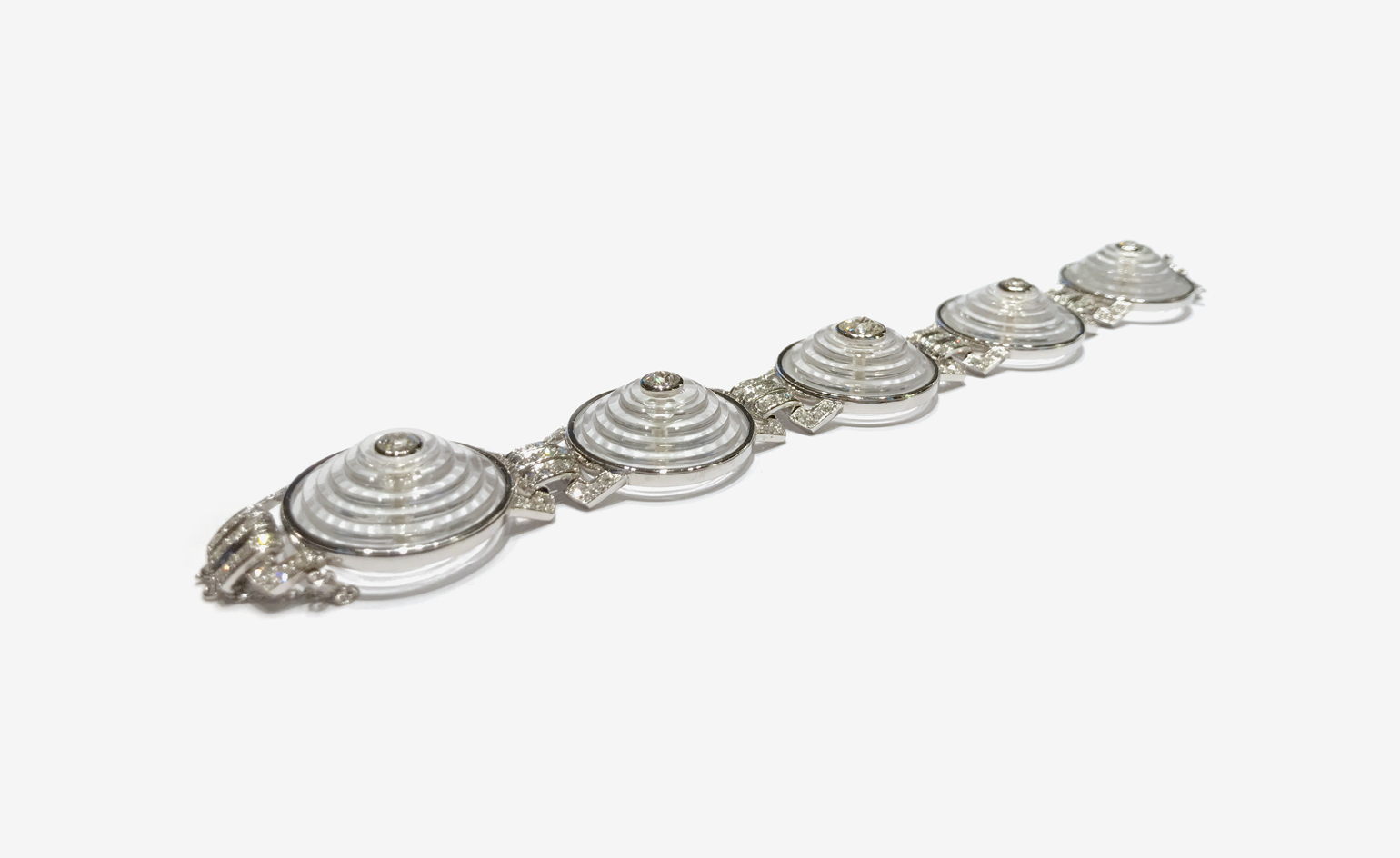
Rock crystal and diamond ‘Bibendum’ bracelet by Suzanne Belperron, 1930s
The contemporary jeweller’s jeweller, Belperron is a fabled figure in 20th-century jewellery design. Her instinct for industrial forms and eye for pure materials with a natural opulence made her designs the cream of avant-garde design in her time. They remain supremely relevant and collectible today.

Rock crystal, black onyx and diamond ‘Orange Tree’ brooch, by Cartier, 1926
Abstract expressions of typical fine jewellery themes, such as flora and fauna, emerged in the mid-1920s. This stark black and white depiction of an orange tree is a prime example of that movement and of Cartier’s sublime creative vision. Designed as a brooch-cum-cloche pin, the tree is rooted in an octagonal shaped rock crystal jardinière, complete with black onyx handles.
Receive our daily digest of inspiration, escapism and design stories from around the world direct to your inbox.
Caragh McKay is a contributing editor at Wallpaper* and was watches & jewellery director at the magazine between 2011 and 2019. Caragh’s current remit is cross-cultural and her recent stories include the curious tale of how Muhammad Ali met his poetic match in Robert Burns and how a Martin Scorsese Martin film revived a forgotten Osage art.
-
 Year in Review: we’re always after innovations that interest us – here are ten of 2025’s best
Year in Review: we’re always after innovations that interest us – here are ten of 2025’s bestWe present ten pieces of tech that broke the mould in some way, from fresh takes on guitar design, new uses for old equipment and the world’s most retro smartwatch
-
 Art and culture editor Hannah Silver's top ten interviews of 2025
Art and culture editor Hannah Silver's top ten interviews of 2025Glitching, coding and painting: 2025 has been a bumper year for art and culture. Here, Art and culture editor Hannah Silver selects her favourite moments
-
 In Norway, remoteness becomes the new luxury
In Norway, remoteness becomes the new luxuryAcross islands and fjords, a new wave of design-led hideaways is elevating remoteness into a refined, elemental form of luxury
-
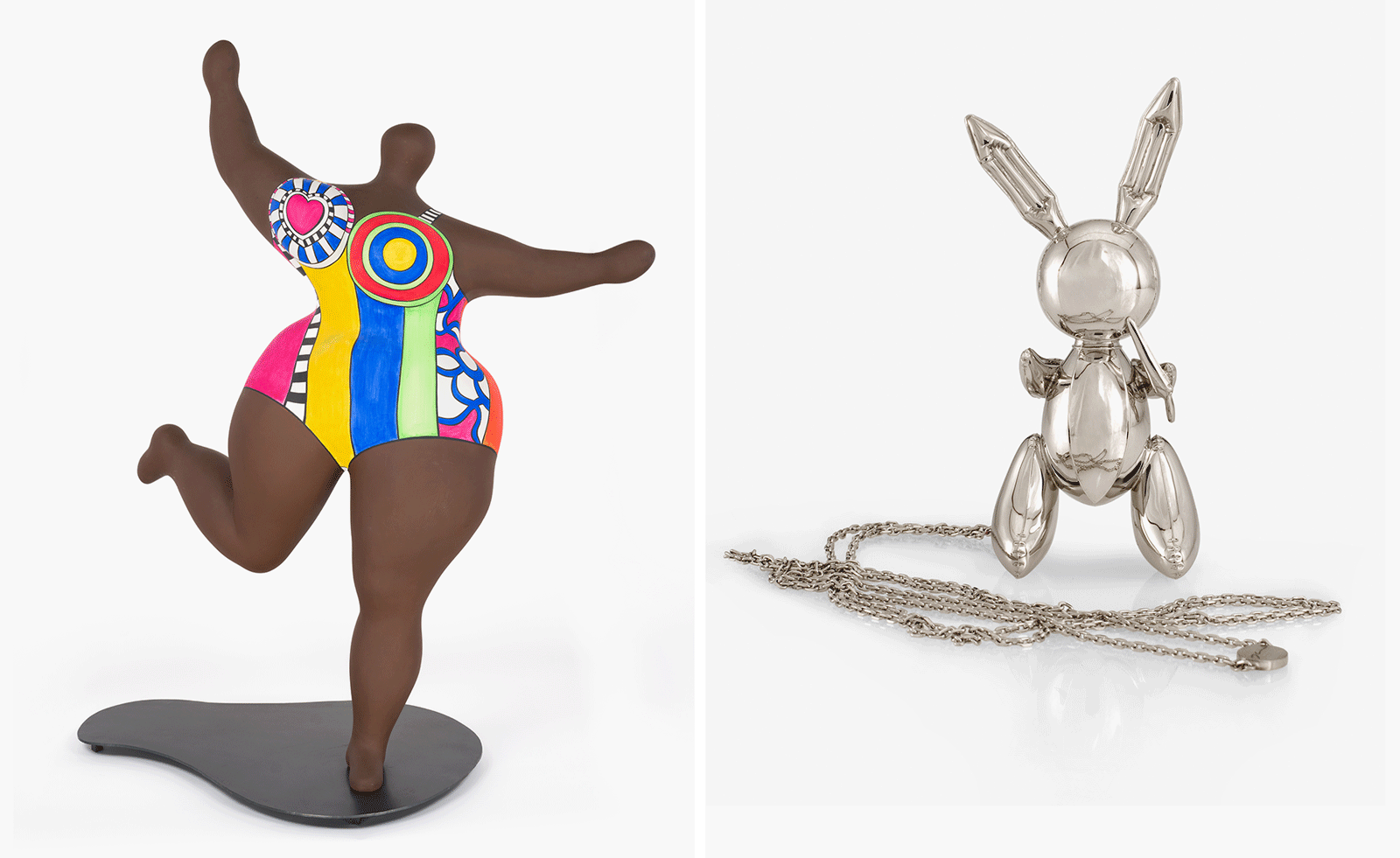 From Cubism to Pop, artists’ jewellery goes on show in Palm Beach
From Cubism to Pop, artists’ jewellery goes on show in Palm Beach‘Artists’ Jewelry: From Cubism to Pop, the Diane Venet Collection’ at the Norton Museum of Art showcases key pieces from an impressive collection
-
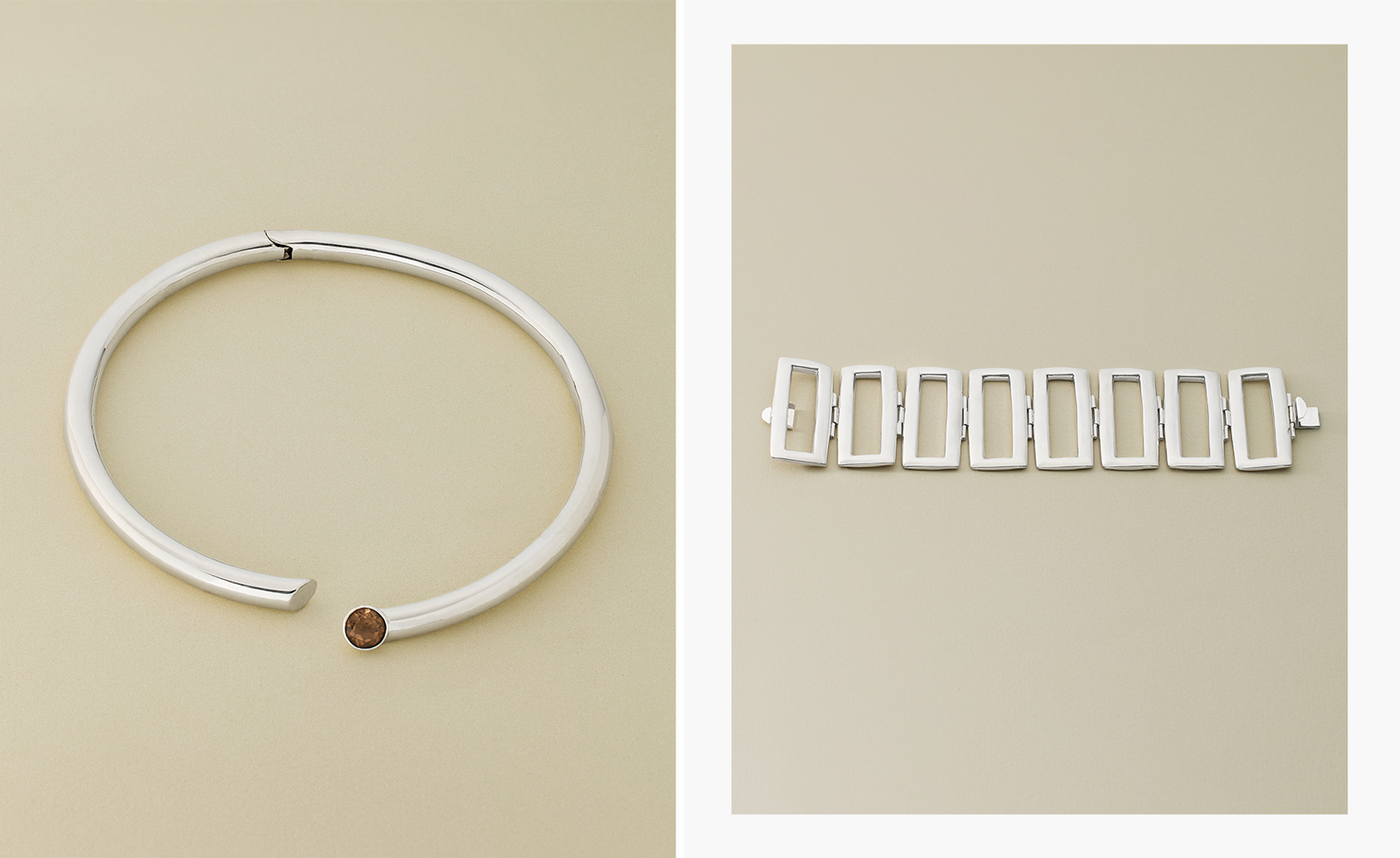 Nina Runsdorf brings classic jewellery back to life to mark 20 years
Nina Runsdorf brings classic jewellery back to life to mark 20 yearsNew York-based jewellery designer Nina Runsdorf celebrates her eponymous brand’s anniversary with a new jewellery collection, ‘Archive’
-
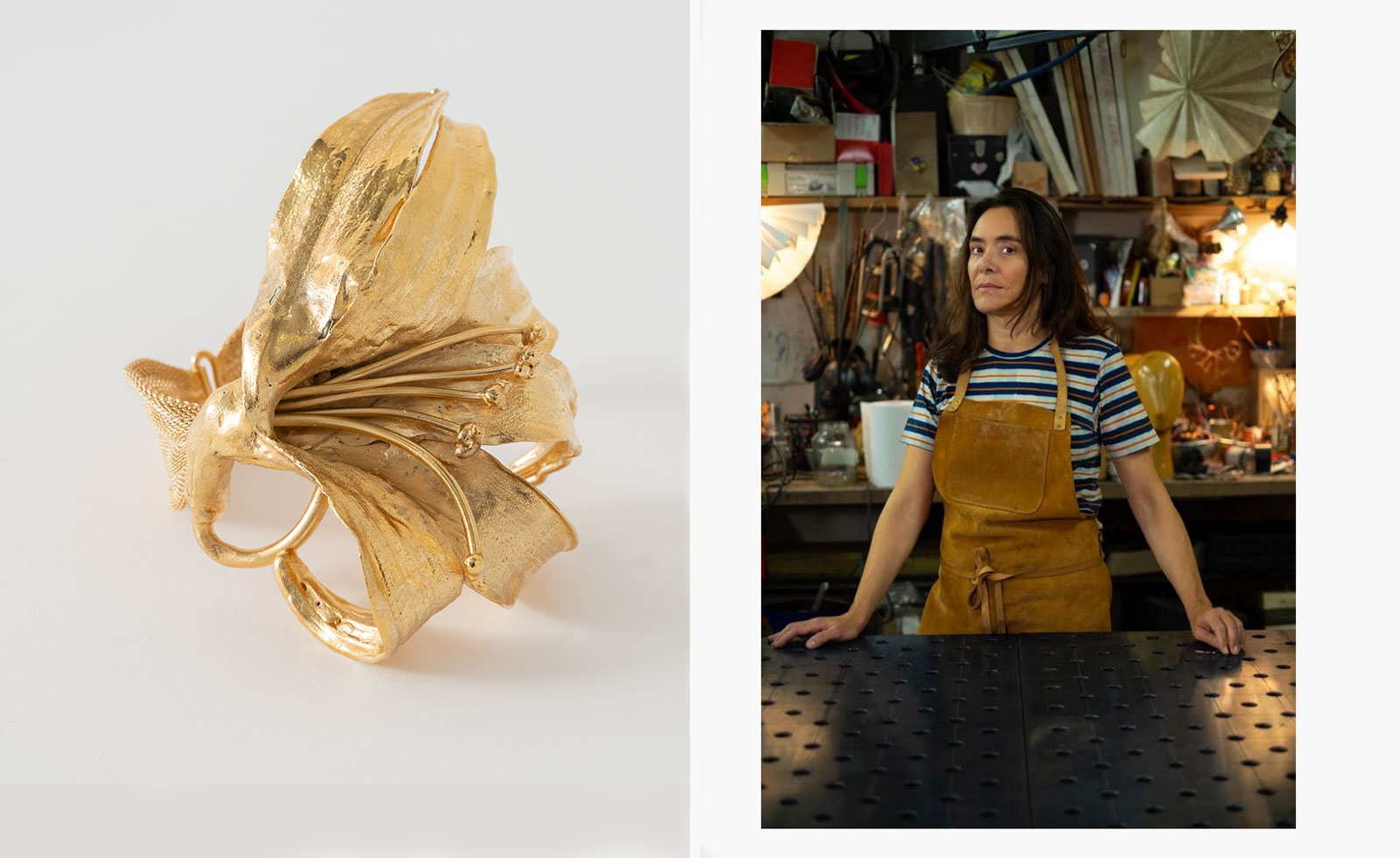 Ulla Johnson’s collaboration with artist Julie Hamisky on the A/W 2025 runway is blooming lovely
Ulla Johnson’s collaboration with artist Julie Hamisky on the A/W 2025 runway is blooming lovelyUlla Johnson and French artist Julie Hamisky have created 12 new jewellery pieces for the designer's A/W 2025 runway
-
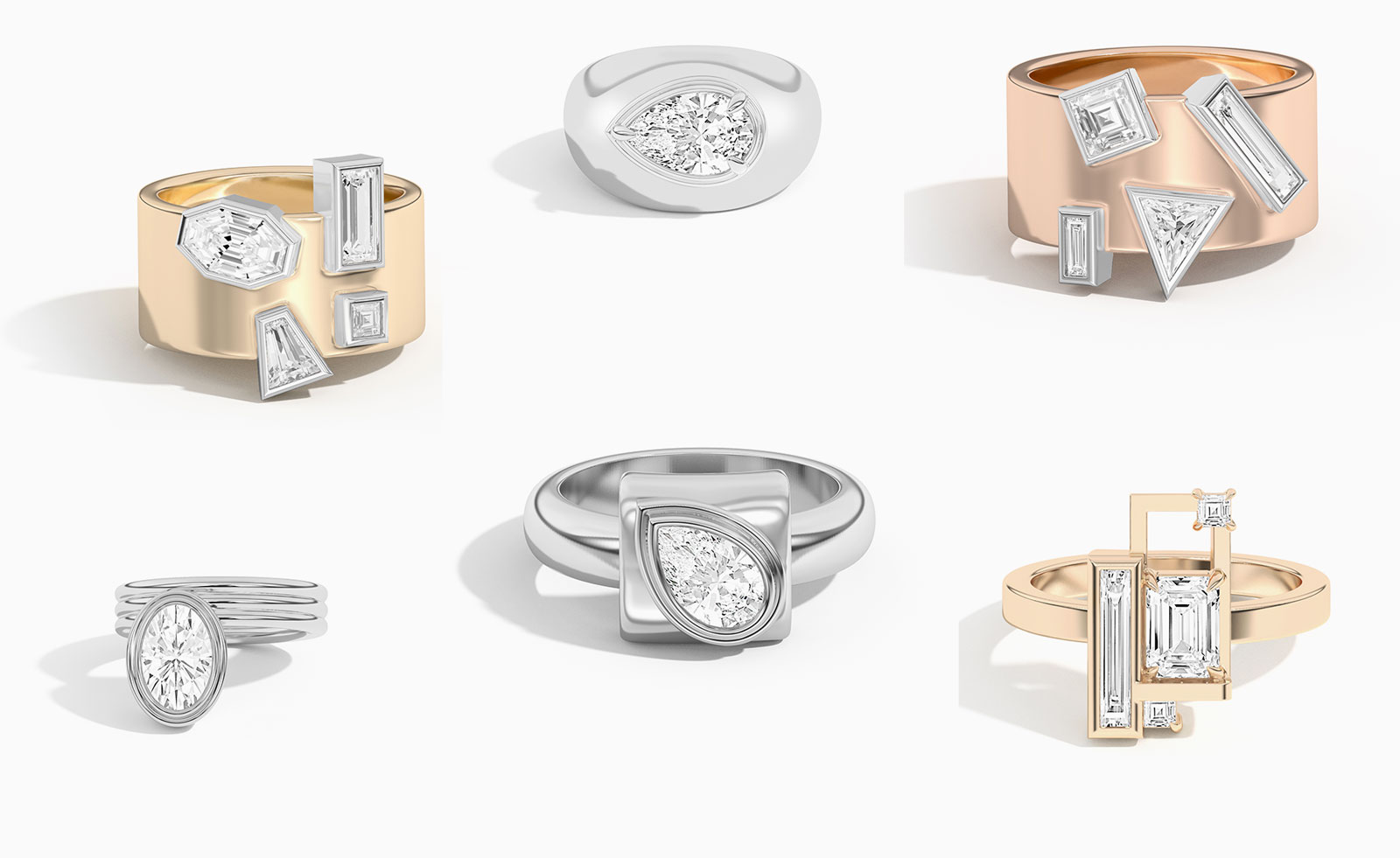 Offbeat placing, diamonds and cool cuts: Shahla Karimi’s architecturally inspired jewellery
Offbeat placing, diamonds and cool cuts: Shahla Karimi’s architecturally inspired jewelleryFine jewellery is given a cool spin by the New York-based designer Shahla Karimi, who riffs off architectural references for her eponymous brand
-
 LVMH watch week 2025: everything we know so far
LVMH watch week 2025: everything we know so farOur guide to LVMH Watch Week 2025, taking place in New York and Paris, starting 21 January; keep an eye out for our updates
-
 Wallpaper* Design Awards 2025: JB Blunk rings are sculptures for the hand
Wallpaper* Design Awards 2025: JB Blunk rings are sculptures for the handThe JB Blunk Estate has partnered with J Hannah on the reproduction of four special rings
-
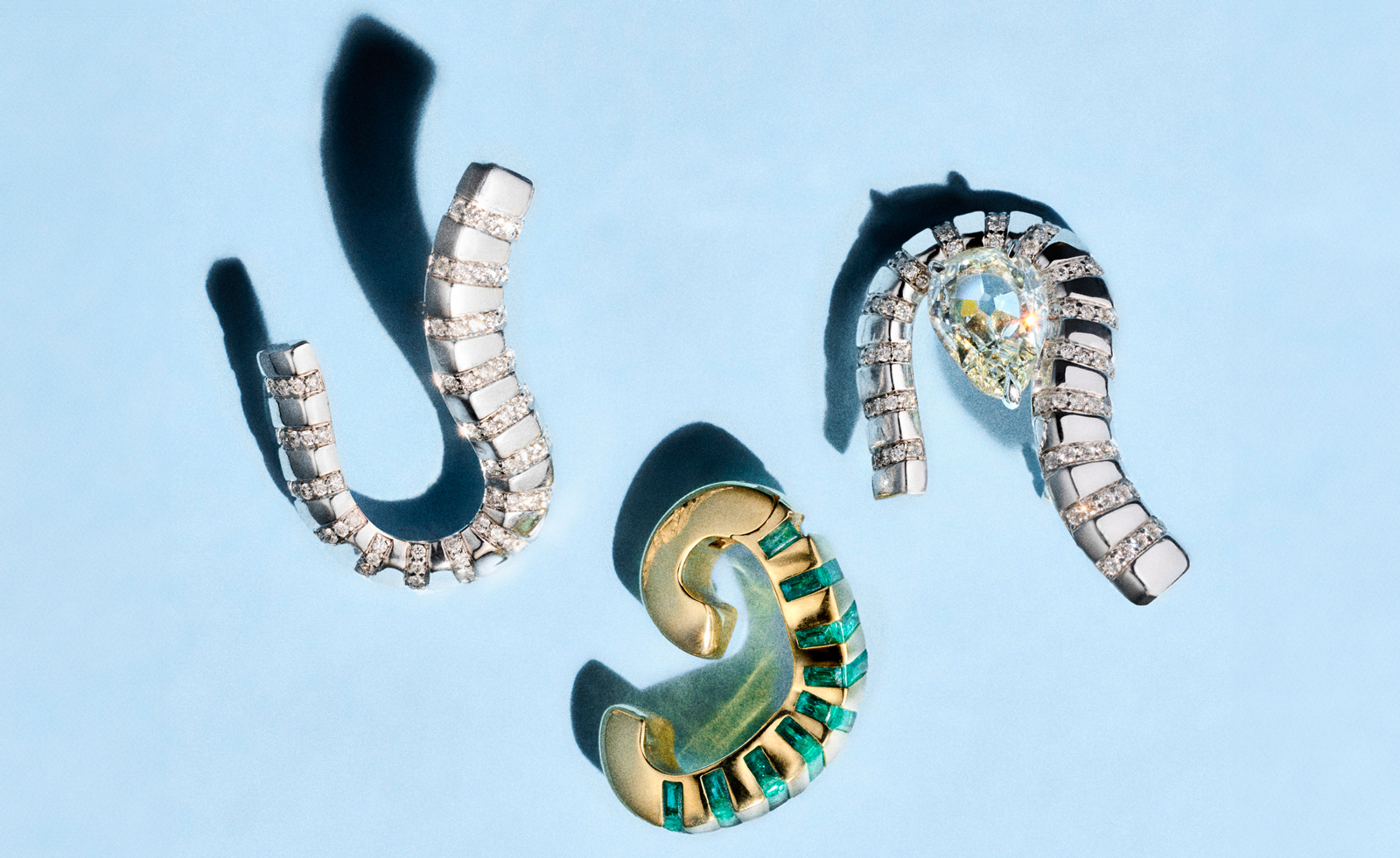 Dyne is a New York jewellery brand fusing fluid forms with futuristic flair
Dyne is a New York jewellery brand fusing fluid forms with futuristic flairDyne embraces striking materials and silhouettes for very modern jewellery
-
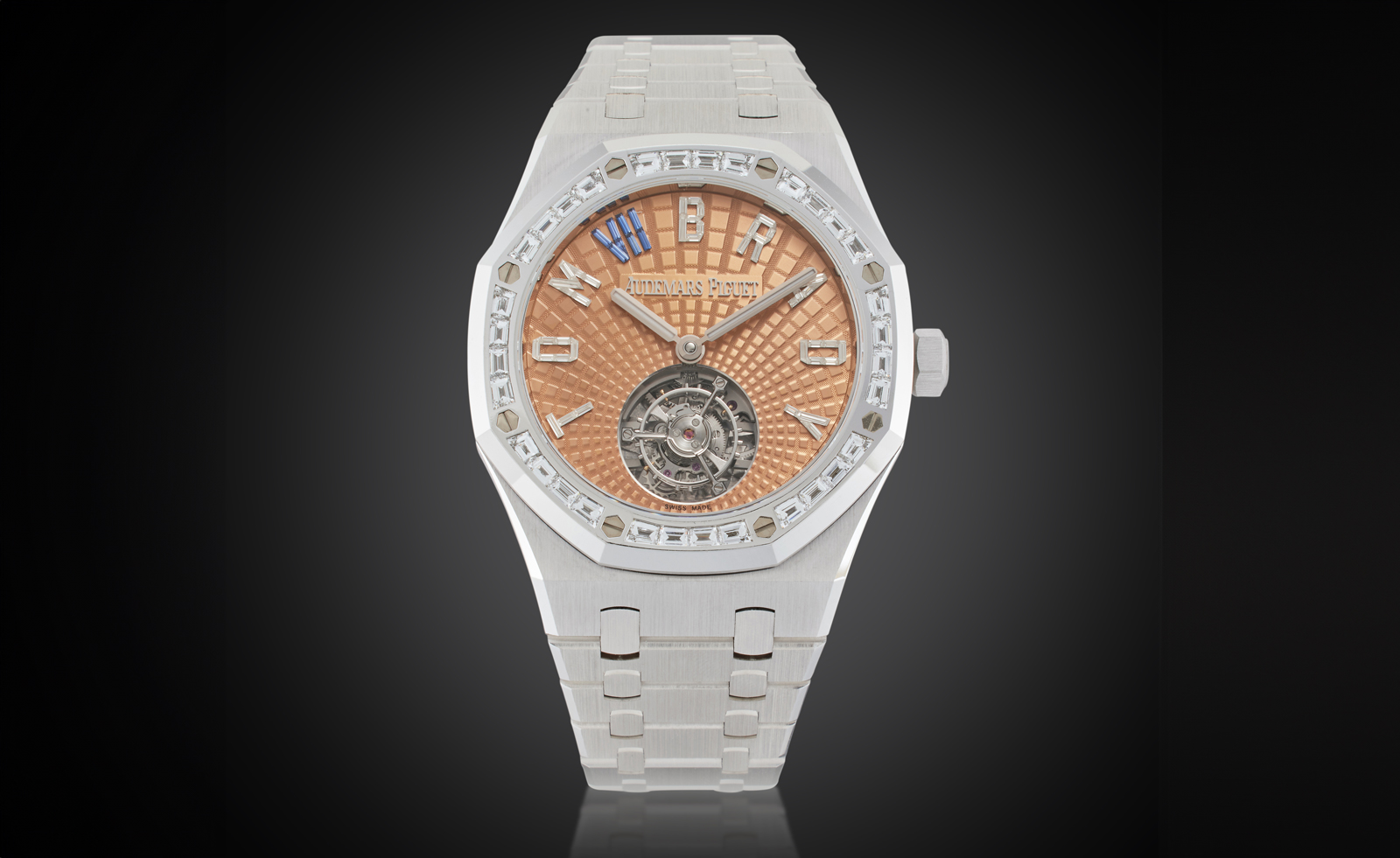 Tom Brady’s watch collection is for sale at Sotheby’s: here are the highlights
Tom Brady’s watch collection is for sale at Sotheby’s: here are the highlights‘The GOAT Collection: Watches & Treasures from Tom Brady’ goes on sale at Sotheby’s New York on 10 December